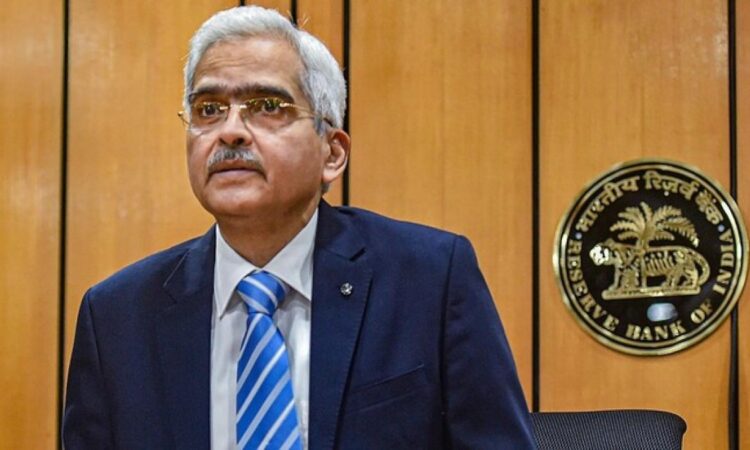
Reserve Bank of India (RBI) Governor Shaktikanta Das on Monday said there was no proposal to re-introduce Rs 1,000 notes as speculated by many after the surprise withdrawal of Rs 2,000 notes from circulation. “That’s speculative. There’s no such proposal right now,” the RBI Governor said while responding to a question on speculation that Rs 1,000 notes may be re-introduced.
Also read: ‘India needs Rs 1,000 notes,’ say netizens after RBI withdraws Rs 2,000 currency
Last Friday, the RBI announced the withdrawal of Rs 2,000 currency notes – the highest denomination in circulation. The move sparked speculation that the central bank may bring back Rs 1,000 currency notes, which were demonetised along with Rs 500 notes in November 2016. Hours after the RBI announced its decision to withdraw the highest denominator, former Finance Minister P Chidambaram said he would not be surprised if the government/RBI re-introduced the Rs 1,000 notes.
Announcing its withdrawal decision on Friday, the RBI said that Rs 2,000 denomination banknote was introduced primarily to meet the currency requirement of the economy in an expeditious manner after the withdrawal of Rs 500 and Rs 1,000 currency notes. It said the objective of introducing Rs 2,000 notes was met once banknotes in other denominations became available in adequate quantities. Therefore, the printing of Rs 2,000 banknotes was stopped in 2018-19.
About 89 per cent of the Rs 2,000 notes were issued prior to March 2017 and were at the end of their estimated life span of 4-5 years, the central bank said, adding that the total value of these notes in circulation declined from Rs 6.73 lakh crore at its peak as on March 31, 2018 (37.3 per cent of notes in circulation) to Rs 3.62 lakh crore constituting only 10.8 per cent of notes on March 31, 2023.
The RBI has withdrawn Rs 2,000 notes but said it will be legal tender. It has, however, encouraged the public to deposit/exchange the currency by September 30.
Today, the RBI Governor said most of the Rs 2,000 rupee notes are expected to be returned by the deadline of September 30. Speaking for the first time since the surprise decision to withdraw the highest denomination currency note, Das said the move was part of currency management. He also said the impact of the withdrawal on the economy will be “very very marginal” as Rs 2,000 currency notes made up for just 10.8 per cent of the total currency in circulation.
While the withdrawn 2,000 rupee notes can either be deposited in bank accounts or exchanged for other currency, banks have been advised to make necessary arrangements for exchange, he said. “We expect most of the Rs 2,000 banknotes to come back to the exchequer by September 30.”
“We have more than adequate quantities of printed notes already available in the system, not just with RBI but with currency chests operated by banks. There is no reason to worry. We have sufficient stocks, no need to worry,” he said.
The Governor also said that the existing income tax requirement of furnishing PAN for deposits of Rs 50,000 or more in bank accounts will continue to apply for deposits of the withdrawn 2,000 rupee notes.
(With inputs from PTI)
